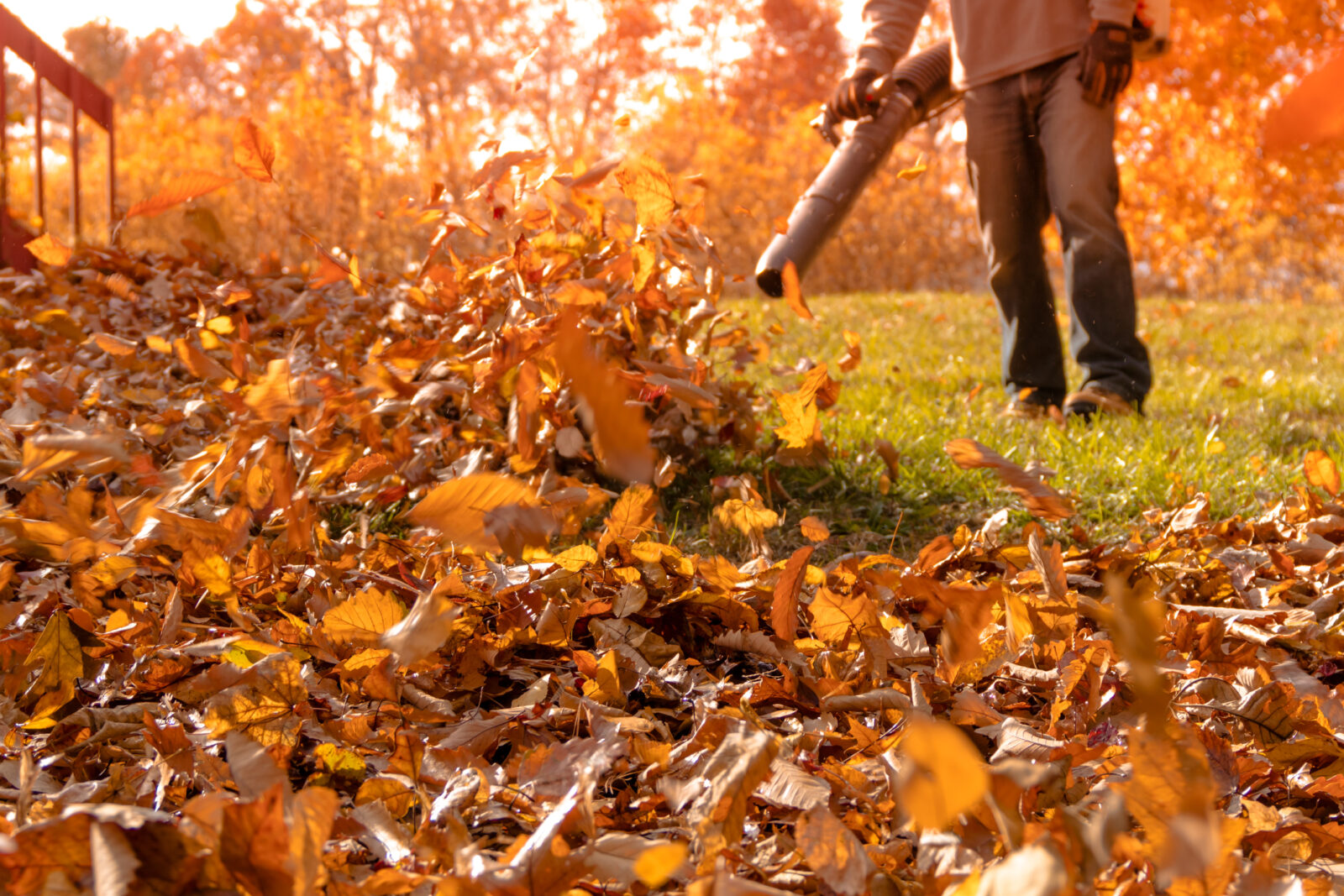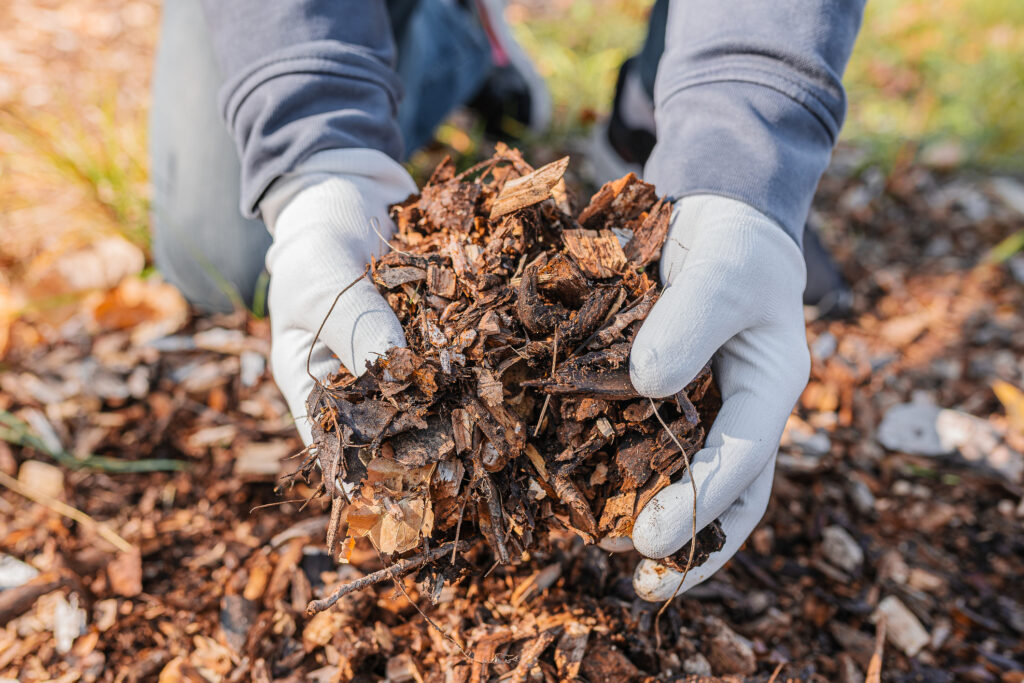Leave Those Leaves on the Lawn!
 October 31, 2022
October 31, 2022It’s that time of the time of year when the trees are shedding their coats of many colors—which means lots of raking, bagging, and sometimes, burning of fall leaves.
It’s an old ritual—homeowners have been obsessing over perfectly manicured lawns for more than a century, and every fall folks do their best to keep anything that’s not green from settling on their turf.
But wildlife experts say it’s an outdated practice that harms, not helps, the environment.
A layer of fall leaves provides a natural habitat for all kinds of beneficial critters: butterflies, salamanders, chipmunks, box turtles, toads, earthworms and many others. But when you rake, blow or burn leaves, you disrupt the critters’ life cycles, reducing the populations of beneficial insects and giving less desirable bugs an advantage. You also reduce the bird population—they feed on the bugs in the leaves.
What to Do: Leaf Them Be
The best thing to do, the experts say, is to just leave the leaves where they fall. They’ll break down and provide a natural fertilizer. If you have a thick layer of leaves, run them over with a lawnmower a few times during the season to break them up into smaller pieces. This speeds decomposition.

The next-best thing you can do is to compost them. Place them in a big pile at the edge of the property and let them naturally biodegrade, or rake them into garden beds and existing compost piles. Chicken wire can be used to make a handy enclosure to keep them from blowing around. Pile them up inside, and let nature do the rest. It takes about two years to turn the leaves into an excellent soil amendment called “leaf mold.”
Keeping the leaf pile moist and occasionally turning it over will help speed the process. Multiple piles will allow you to rotate your “crop” next fall. The end result can be used as mulch, as a peat moss replacement, and a number of other soil conditioners. (If you’d like to learn more, the folks at the Rodale Institute have a wealth of information on composting.)
If those are not options, many municipalities offer curbside leaf pickup; the information is usually listed on their Web site or available via a quick phone call. Leaves (as well as grass clippings and other yard waste) can also be taken to a number of compost facilities in the greater Lehigh Valley area, including Allentown, the Saucon County Compost Center, the Bethlehem Yard Waste Facility, and more. Check with your municipality to find one nearby. Oh, and don’t forget to ask around your neighborhood, too – it’s quite possible someone is looking for more materials to add to their compost pile.
What NOT to Do
- Don’t dump fall leaves in the trash. According to the EPA, landfills received about 10.5 million tons of yard waste in 2018, including a lot of leaves. But this kind of waste fills landfills prematurely.
- Do not blow leaves onto the street. Wet leaves are slippery, reducing traction, and driving on wet leaves can be as dangerous as driving on ice. Leaves also quickly clog storm drains and grates, leading to flooded streets during a storm.
- Do not blow or dump leaves into streams and rivers. They cause nutrient pollution and other problems for aquatic wildlife.
- Do not burn leaves. Leaf burning is particularly noxious and causes health risks, especially to those with sensitive lungs, such as children and the elderly. It can induce asthma attacks, cause headaches and nausea, and is a frequent culprit in brush and structure fires. It also adds more pollution to the atmosphere and wastes some great garden nutrients.
So quit raking (and encourage your neighbors to do the same), and start putting your yard waste to good use. By leaving those leaves be, you’ll be rewarded with more birds, beneficial bugs, and a much healthier lawn and garden.